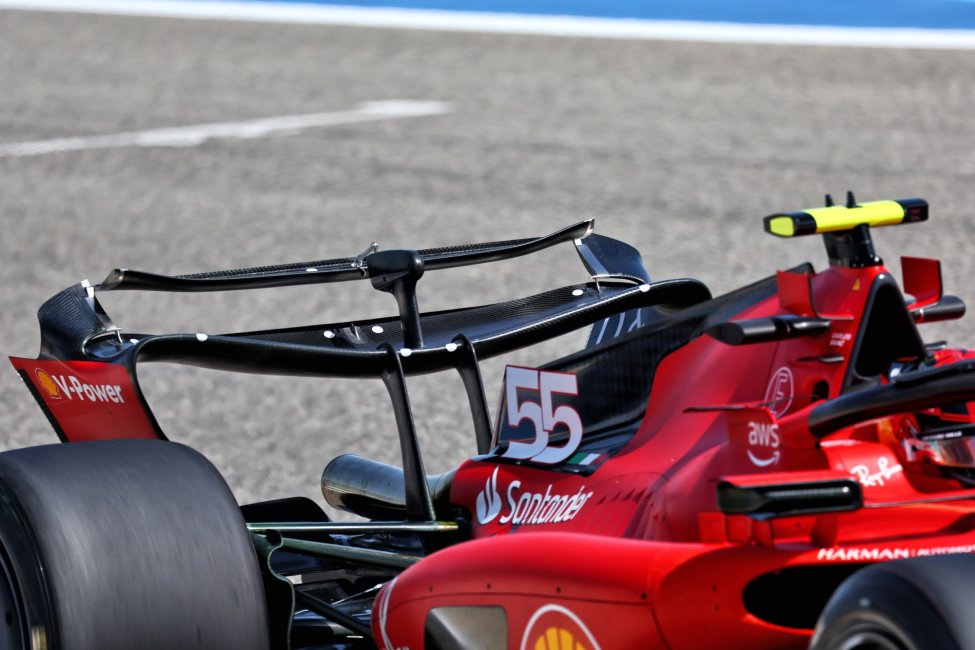
F1’s governing body dropped a bomb ahead of the Canadian GP as they unveiled the 2026 technical regulations, introducing monumental changes. While the new regulations are inspired by the previous cars, they will enable more intense wheel-to-wheel battles, marking the arrival of a modern era in racing.
The key 2026 technical regulations will allow innovation in the power unit, aerodynamics, chassis and safety, while also prioritising sustainability. Still, questions persist over the sustainability of the new regulations, considering that the 24 races held over the globe in the F1 calendar leave an irreversible and hefty carbon footprint. In 2019, F1’s carbon footprint was just over 256,000 tons, out of which 45% came from road, air and sea travel logistics — as reported by F1.
The key updates include:
– Enhanced hybrid engines with increased electrical power.
– Lighter and more compact cars for improved efficiency and handling.
– 100% sustainable hybrid fuels.
– Manual override mode to give trailing cars a boost of energy.
– Agile car design to promote closer and more thrilling racing.
– Innovative active aerodynamics.
What is the new Manual Override Mode that will replace DRS?
To explain the concept in layman’s terms, the new ‘Manual Override Mode’ will give cars an extra boost of energy to overtake their competitor. The extra energy will come from the electric power unit which will be a part of the hybrid power unit’s electric motor.
The concept is quite similar to Drag Reduction System. When a car is trying to overtake another, drivers can use the extra boost to pass the car ahead. The only difference with the manual override mode will be that drivers won’t be able to use the function in the same zones. This adds an extra layer of strategy and excitement to races.
There will be speed and power limits to the new function, where the car that is being overtaken will lose extra power if it reaches 290 kph and will get no extra power at 355 kph. Whereas, the car behind, in order to catch up, will get a boost of energy, making overtaking easier than before.
The function is especially exciting, considering that race engineers and drivers will have to collaborate and pick the right time to use the manual override option, unlike DRS with dedicated zones.
In essence, even though the scrapping of DRS mode received widespread criticism from fans, many drivers themselves have opined that the strategic use of the Manual Override Mode will change the dynamics of F1 racing for good. It will force teams to put their best foot forward and come up with innovative strategies to win races instead of using the standardised Drag Reduction System. Eliminating DRS zones and introducing more strategic use of power boost will surely make F1 more exciting and unpredictable.
As teams and drivers prepare for and get used to the new regulations, fans can expect more thrilling and wheel-to-wheel action. Strategy and split-second decisions will matter more than ever. 2026 will mark the beginning of a show-stopping year for F1, showcasing how far modern motorsport can go both on and off the track.



